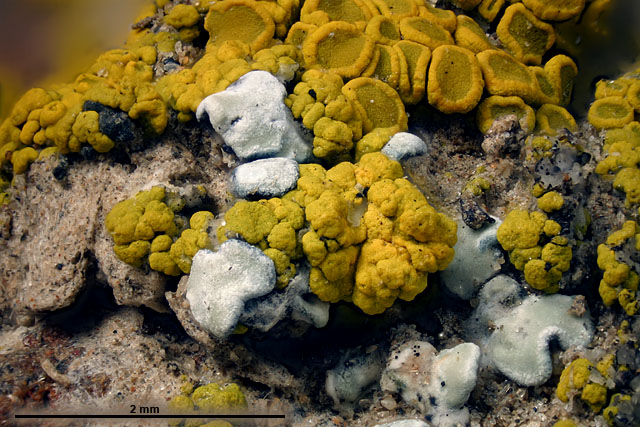Rik wrote:
Their growth rates are conveniently measured in millimeters per decade
I have read that the growth rate depends on the species of lichen. Some may grow 0.5mm/year up to 5mm/year. One species sometimes but rarely attains a growth of 9cm/year. The book I have states that dating surfaces using lichens is known as
"Lichenometery." The technique has been used in dating moraines and the retreat of glaciers, how frequently earthquakes occur in Central Asia, ancient monuments such as those on Easter Island which were found to be c. 400years old.

Lichens can survive in extremely hot environments and the possibility of them existing on other planets, Mars for example (of course

) is quite possible. These little plants can even grow on metal and if the weather doesn't start to improve so I can get out an about in these mountains, they may start to grow on me.

The book
"Lichens by William Purvis" copyright The Natural History Museum, London 2000. IBSN 1-56098-879-7 is distributed by the Smithsonian Institution Press, Wash. DC in association with the copyright holder. Cost in my neck of the woods, $17.00 An excellent book, pretty easy to read and understand, although the names of lichens can be a real pain to try and pronounce. However it is definitely worth the money to add it to your personal library




